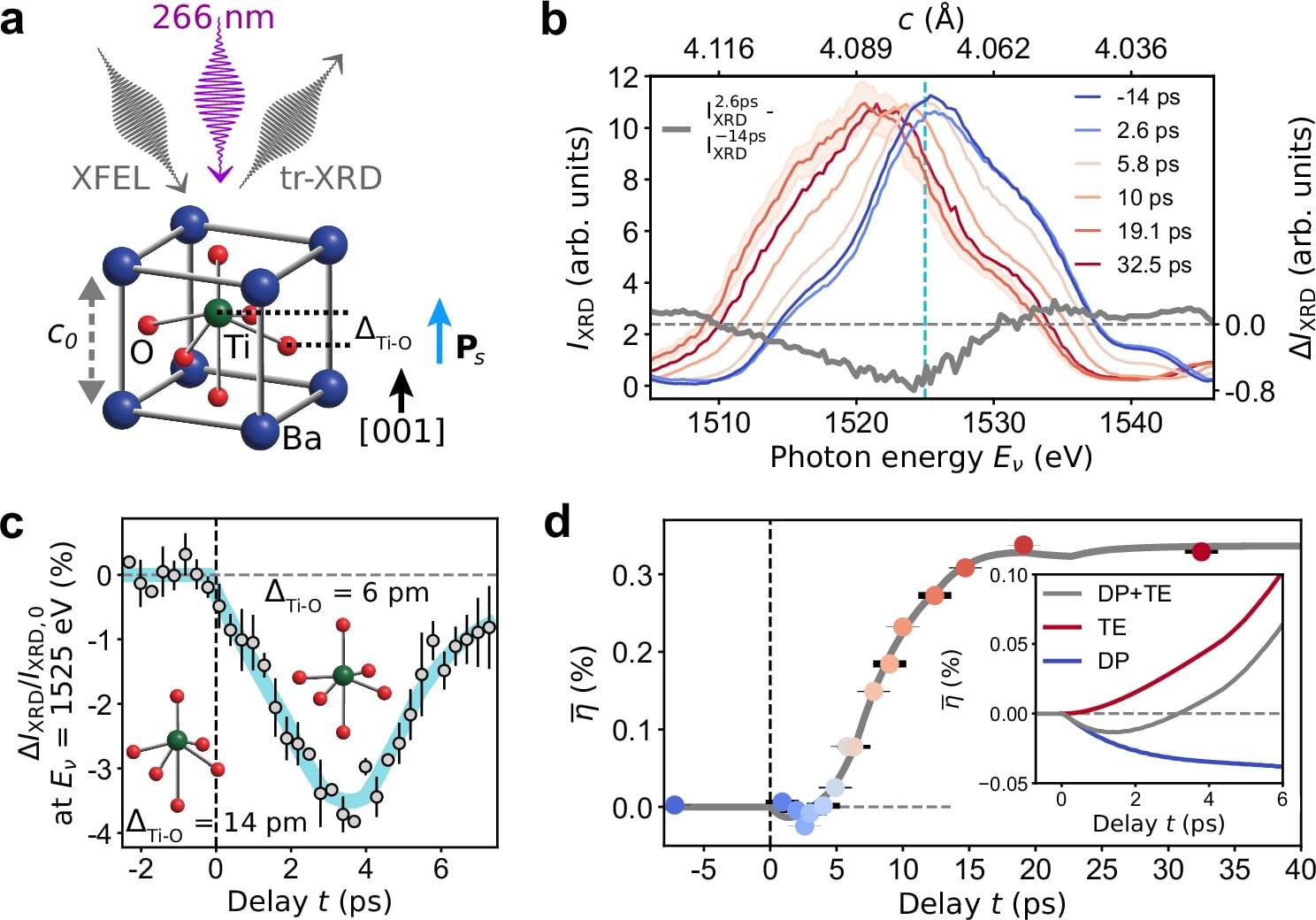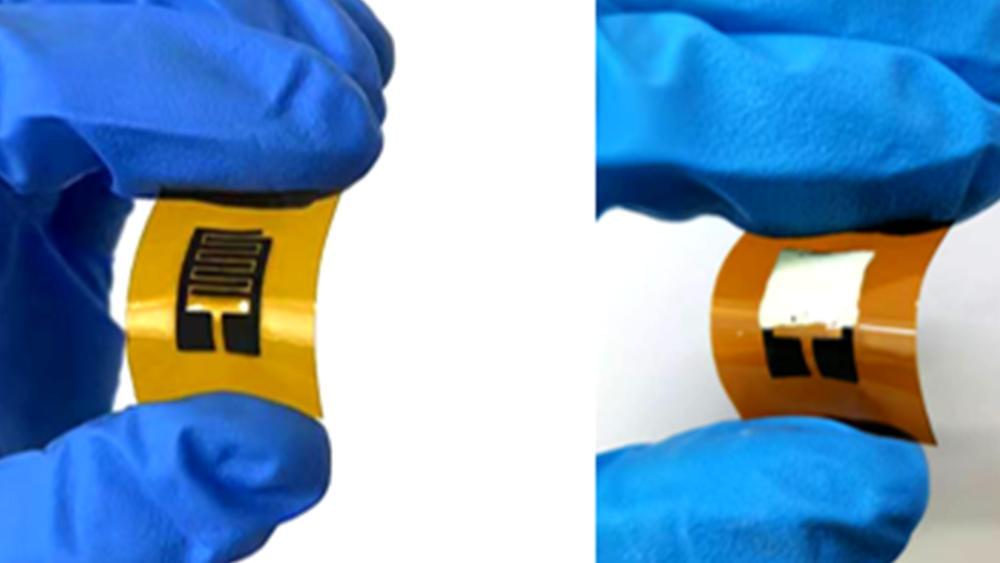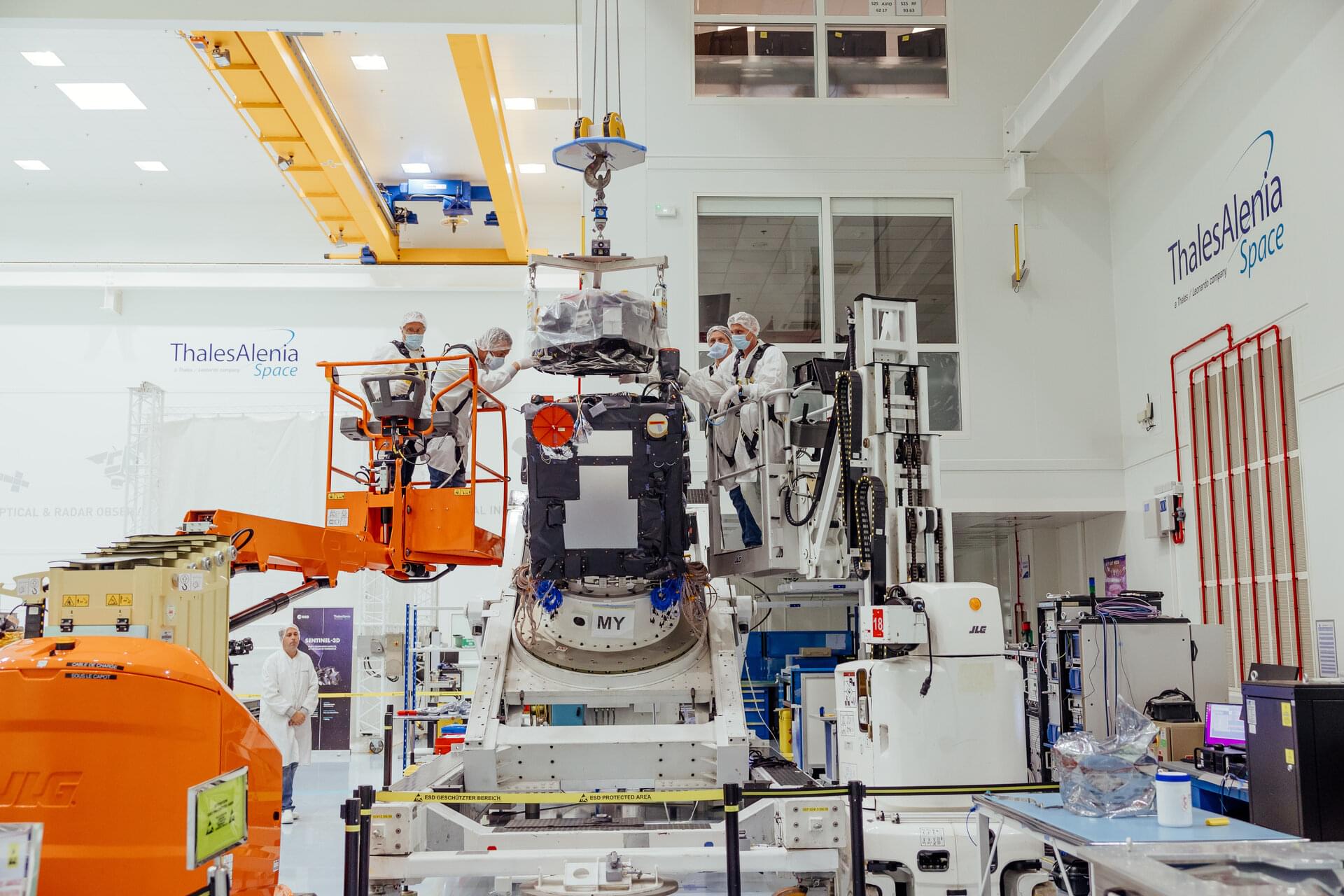A research team affiliated with UNIST has successfully demonstrated the experimental creation of collective quantum entanglement rooted in dark states—previously confined to theoretical models. The findings are published online in Nature Communications.
Unlike bright states, dark states are highly resistant to external disturbances and exhibit remarkably extended lifetimes, making them promising candidates for next-generation quantum technologies such as quantum memory and ultra-sensitive sensors.
Led by Professor Je-Hyung Kim in the Department of Physics at UNIST, in collaboration with Dr. Changhyoup Lee from the Korea Research Institute of Standards and Science (KRISS) and Dr. Jin Dong Song from the Korea Institute of Science and Technology (KIST), the team has achieved the controlled induction of dark state-based collective entanglement. Remarkably, this entanglement exhibits a lifetime approximately 600 times longer than that of conventional bright states.








